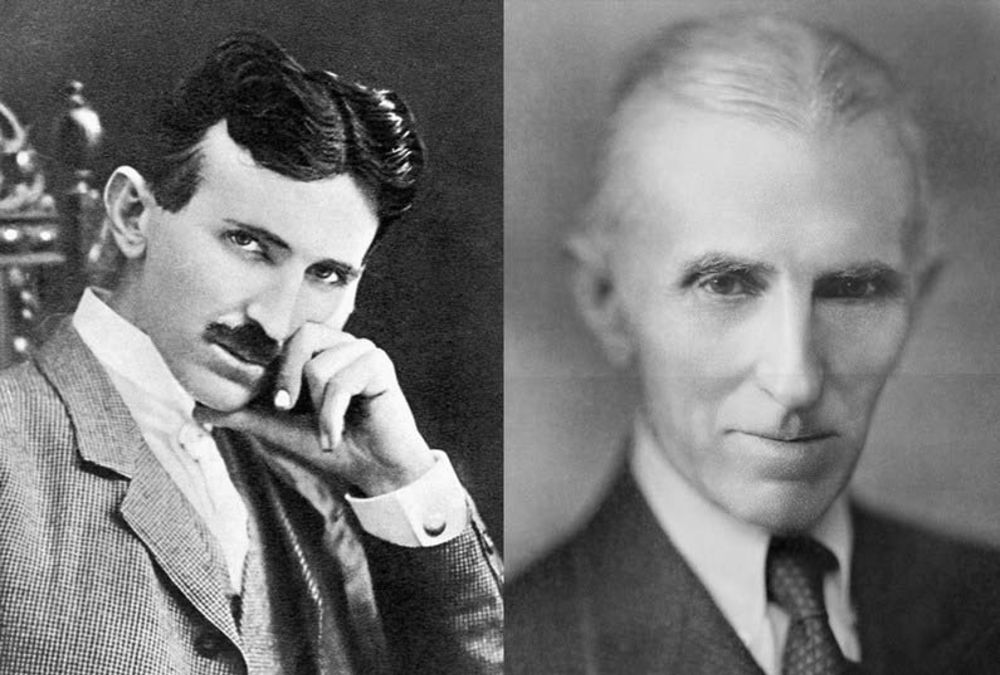zoharmusic.com – In the pantheon of scientific geniuses, few figures shine as brightly as Nikola Tesla. A Serbian-American inventor, electrical engineer, mechanical engineer, and futurist, Tesla is best known for his contributions to the design of the modern alternating current (AC) electricity supply system. His work laid the groundwork for much of the technology we take for granted today, and his vision of a world powered by clean, renewable energy sources was far ahead of his time.
Early Life and Education
Nikola Tesla was born on July 10, 1856, in Smiljan, Croatia, then part of the Austrian Empire. His father was a priest, and his mother, though uneducated, had a keen intellect and a talent for invention. Tesla’s early life was marked by curiosity and a penchant for solving complex problems. He attended the Austrian Polytechnic in Graz and the Charles-Ferdinand University in Prague, where he studied engineering and physics.
The Mastery of Electromagnetism
Tesla’s mastery of electromagnetism began with his deep understanding of the principles of electricity and magnetism. His work on AC current was revolutionary, as it allowed for the efficient transmission of electrical power over long distances. Before Tesla’s inventions, the world was largely powered by direct current (DC), which was less efficient for long-distance transmission.
Alternating Current and the War of Currents
Tesla’s development of AC motors and transformers was pivotal in the so-called “War of Currents” with Thomas Edison, who championed DC power. Tesla’s AC system proved to be more practical and economical, especially for long-distance electrical transmission. His victory in this battle led to the widespread adoption of AC power systems worldwide.
Tesla’s Polyphase System
Tesla’s polyphase system of alternating current is one of his most significant contributions to electrical engineering. This system uses two or more alternating currents, with the same frequency but differing in phase, to power an electric motor. This innovation greatly improved the efficiency and practicality of electrical power distribution and use.
Visionary Inventions and Discoveries
Beyond his work on AC power, Tesla was a visionary inventor with a wide range of interests and achievements. He obtained around 300 patents worldwide for his inventions. Some of his most notable contributions include:
- The Tesla coil, a high-voltage transformer used in radio technology.
- Wireless communication and the development of radio technology.
- The concept of the rotating magnetic field, which is essential for the operation of AC motors.
- The AC induction motor, which is widely used in industrial applications.
Legacy and Impact
Tesla’s impact on the world of science and technology is immeasurable. His work not only revolutionized the field of electrical engineering but also laid the groundwork for many of the technologies we rely on today, from wireless communication to renewable energy. Despite facing financial difficulties and obscurity in his later years, Tesla’s legacy has grown in stature over time.
Recognition and Honors
Tesla has been recognized with numerous honors and awards, including the Edison Medal, the highest honor of the American Institute of Electrical Engineers, which he received in 1917. The unit of magnetic flux density in the International System of Units, the tesla (T), is named in his honor.
Conclusion
Nikola Tesla’s mastery of electromagnetism and his visionary inventions have left an indelible mark on the world. His contributions to science and technology continue to influence our lives, and his legacy as a pioneer of the electrical age endures. As we continue to navigate the challenges of energy and technology in the 21st century, Tesla’s work serves as a beacon of innovation and a testament to the power of human ingenuity.
